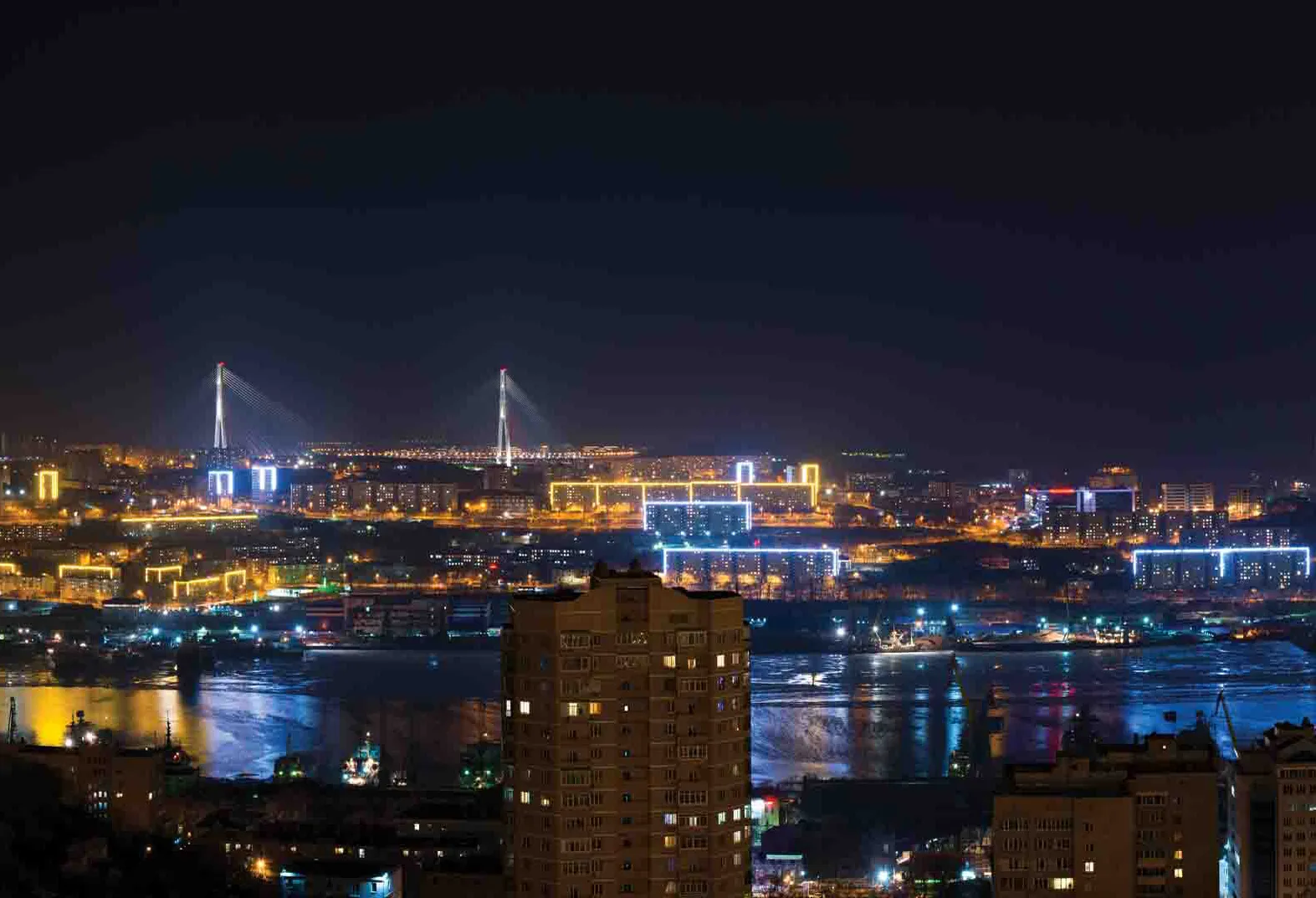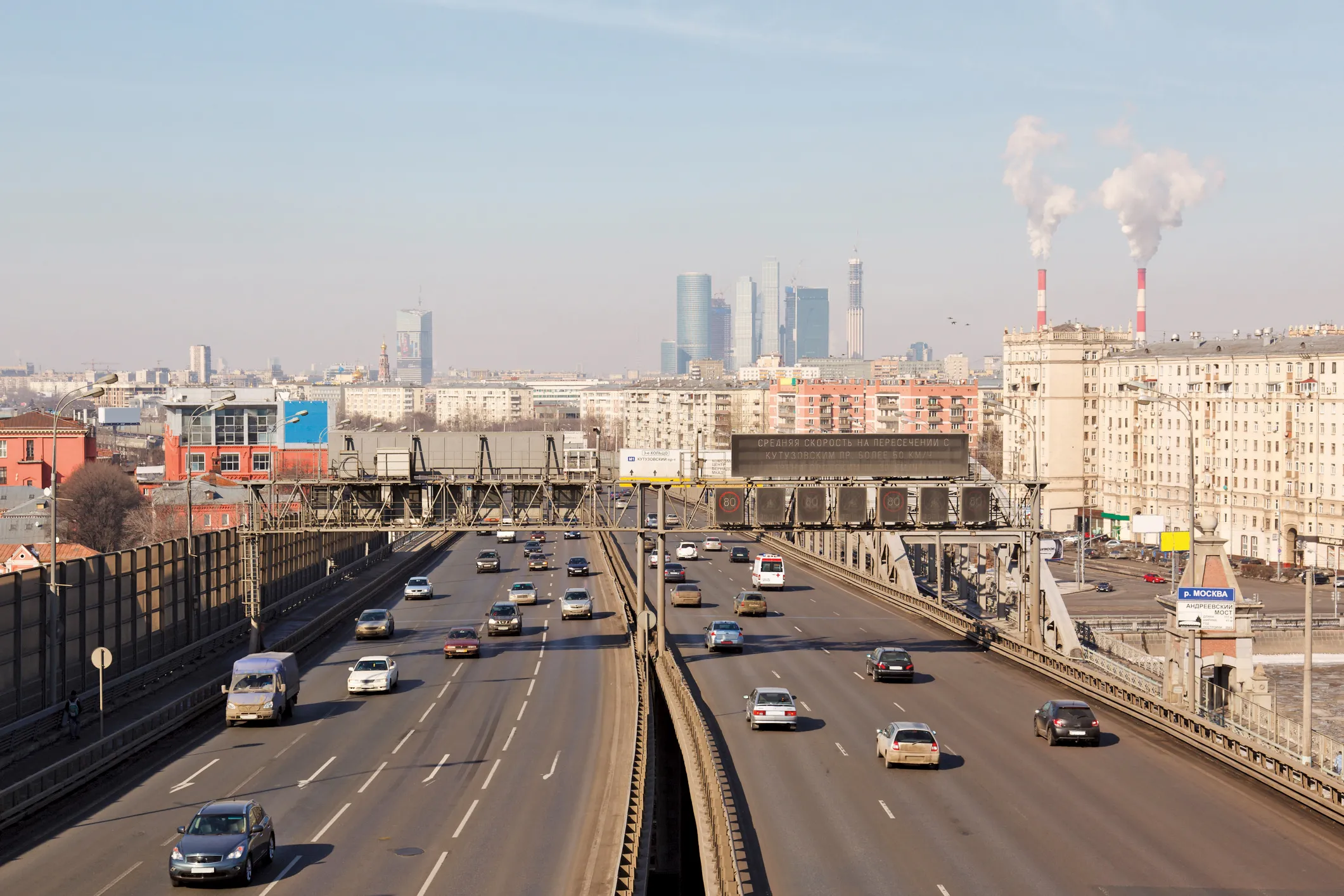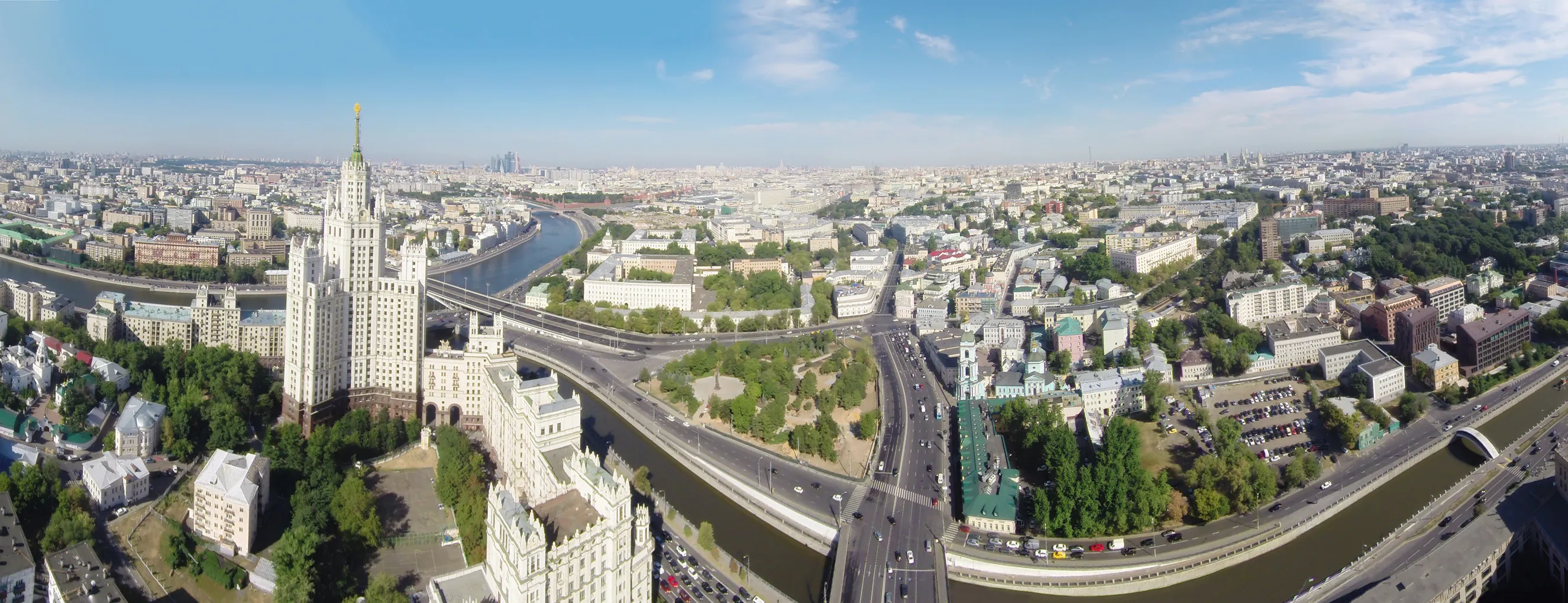Moscow-based infrastructure group Doraeroproekt Institute will design a bridge over the Samur River under an agreement between Russia and Azerbaijan.
The new bridge will carry around 37,000 vehicles a day and link the two villages of Samur in Azerbaijan and the Russian village of Yarag-Kazmalar.
The announcement follows the signing by the two governments of a bridge protocol in mid-2013 as part of other infrastructure project agreements.
Azerbaijan will finance bridge construction and Russia will c
June 4, 2015
Read time: 2 mins
Moscow-based infrastructure group Doraeroproekt Institute will design a bridge over the Samur River under an agreement between Russia and Azerbaijan.
The new bridge will carry around 37,000 vehicles a day and link the two villages of Samur in Azerbaijan and the Russian village of Yarag-Kazmalar.
The announcement follows the signing by the two governments of a bridge protocol in mid-2013 as part of other infrastructure project agreements.
Azerbaijan will finance bridge construction and Russia will compensate Azerbaijan around half the cost, according to Azerbaijan media reports. No other details were given regarding construction, contract type or total coast.
The existing bridge on the Russia-Azerbaijan border will be renovated after the new bridge is completed.
The glacier-fed Caucasus Mountain river forms part of the Russia-Azerbaijan border near the Caspian Sea into which the Samur flows.
The town of Samur is itself the nearest village to the border point where Azerbaijan’s M1 highway crosses into Russia. The border crossing is the only legal road crossing between the two nations though there is also a railway crossing at Russian town of Yalama. Both are open to only citizens of the Russian Commonwealth, the Commonwealth of Independent States (CIS).
The new bridge will carry around 37,000 vehicles a day and link the two villages of Samur in Azerbaijan and the Russian village of Yarag-Kazmalar.
The announcement follows the signing by the two governments of a bridge protocol in mid-2013 as part of other infrastructure project agreements.
Azerbaijan will finance bridge construction and Russia will compensate Azerbaijan around half the cost, according to Azerbaijan media reports. No other details were given regarding construction, contract type or total coast.
The existing bridge on the Russia-Azerbaijan border will be renovated after the new bridge is completed.
The glacier-fed Caucasus Mountain river forms part of the Russia-Azerbaijan border near the Caspian Sea into which the Samur flows.
The town of Samur is itself the nearest village to the border point where Azerbaijan’s M1 highway crosses into Russia. The border crossing is the only legal road crossing between the two nations though there is also a railway crossing at Russian town of Yalama. Both are open to only citizens of the Russian Commonwealth, the Commonwealth of Independent States (CIS).









